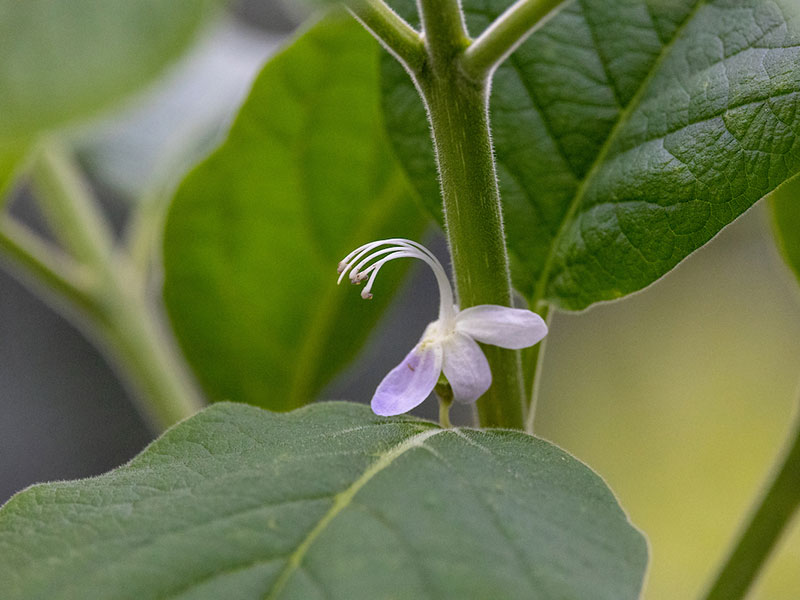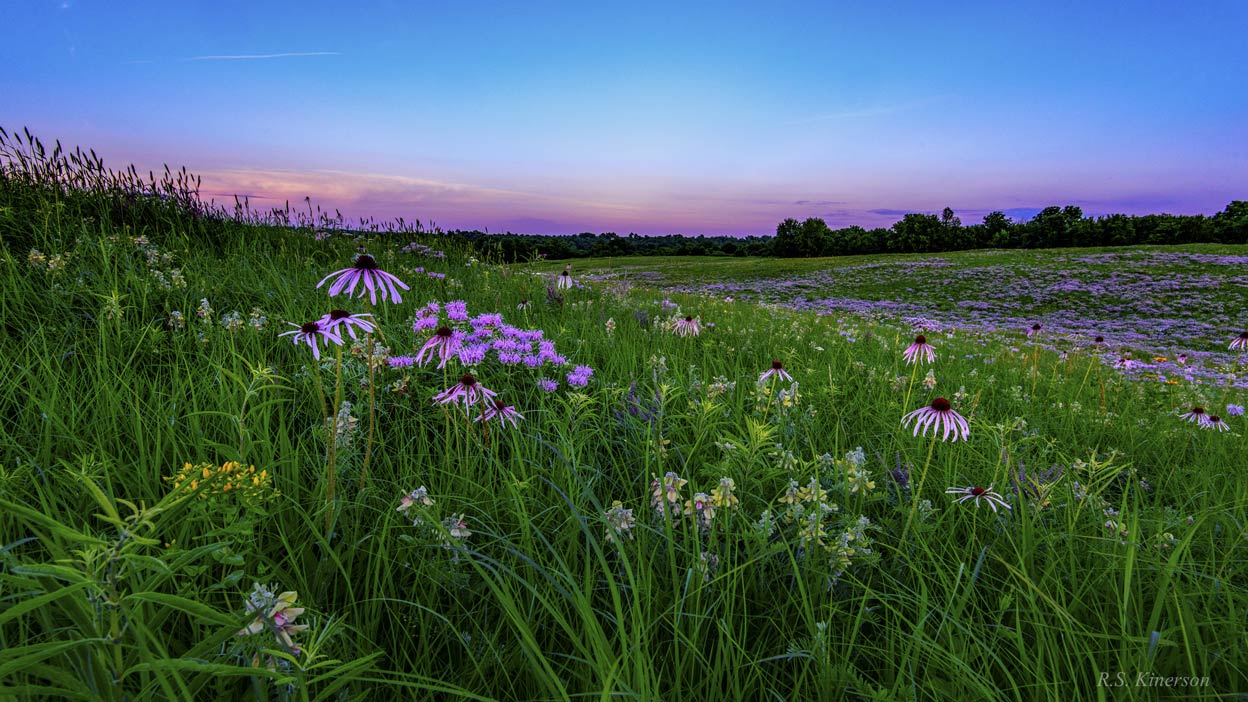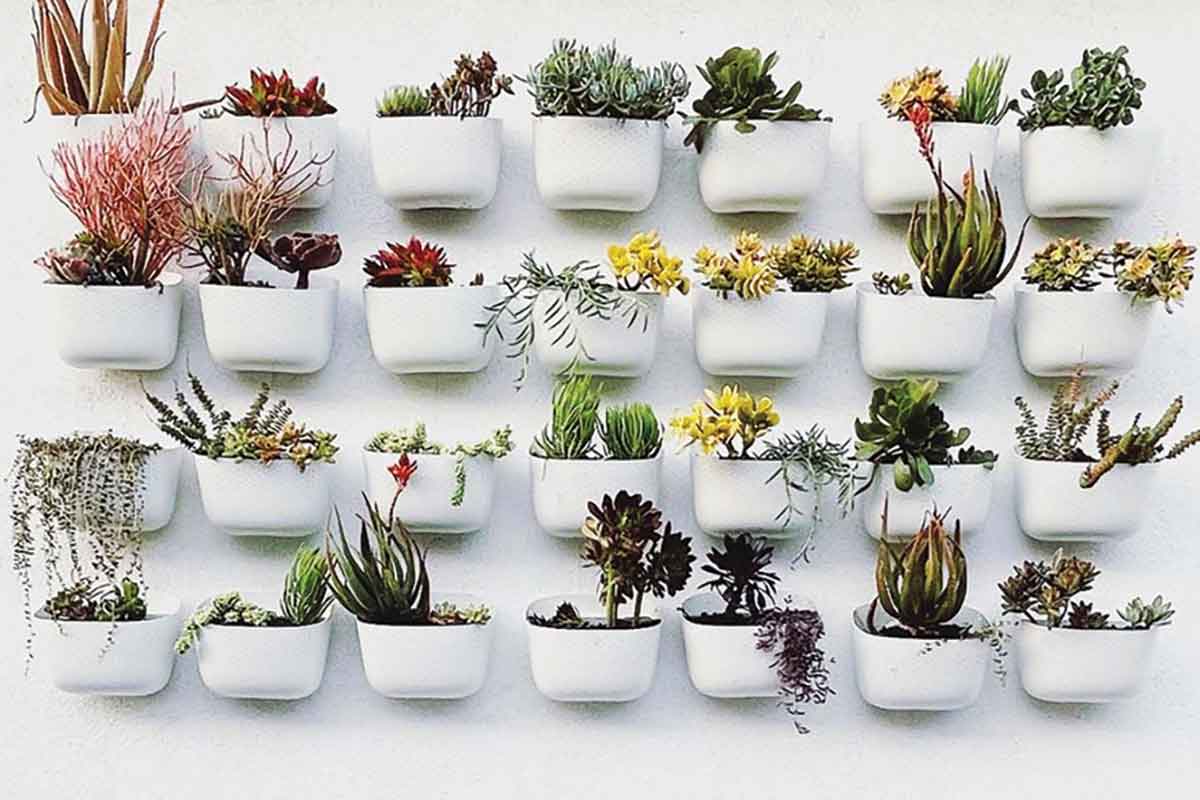This article is presented in partnership with Missouri Botanical Garden.
From the most remote parts of the world to our home in St. Louis, the Missouri Botanical Garden is fighting for the future of plant life. A tiny flower represents an important step in the race to save Karamoia gigas, one of the world’s rarest trees, from extinction. Numbered at only nineteen trees in the wild, known only to exist in the coastal forests of eastern Africa, its bloom has never been seen by plant scientists or horticulturists — possibly by anyone at all — until now.
The International Union for the Conservation of Nature (IUCN) Red List has assessed this species as Critically Endangered. While efforts are underway to conserve these trees in place (in situ), the Garden is also working with several Tanzanian partners to secure the future of this species outside of its natural habitat (ex situ).

Arriving three years after Garden horticulturists first successfully germinated seeds of the plant in our greenhouses, a milestone bloom reveals a wealth of valuable information for researchers here and across the globe.
“Knowing the characteristic of the flower gives us a wealth of scientific information that will allow the Garden and our Tanzanian partners to publish a complete description of the species for the first time, and will help to establish the species’ relationships with other species,” says Roy Gereau, Tanzania program director in the Garden’s Africa and Madagascar Department.
Efforts to protect the future of Karomia gigas extend beyond the single flower, or even the twenty-nine young trees in the Garden’s greenhouse. As confidence grows about the health and stability of the greenhouse population, Garden horticulturists can begin to test other methods of propagation to increase the scale and scope of that effort, unlocking additional avenues to keep the species safe.
Learn more and explore the Garden’s work conserving plant life around the world at DiscoverAndShare.org.
Related Posts
Here’s Our Guide to Growing Native Plants
By landscaping with native Missouri plants, gardeners with the palest of green thumbs can enjoy such views just like the pros, all while knowing they’ve done their part to nurture complex ecosystems.
K.C.-based Wally Grow promotes sustainability
WallyGro’s eco-friendly planters help grow an environmentally mindful movement.
Back to the Future
Car aficionados’ tastes are changing the market.



